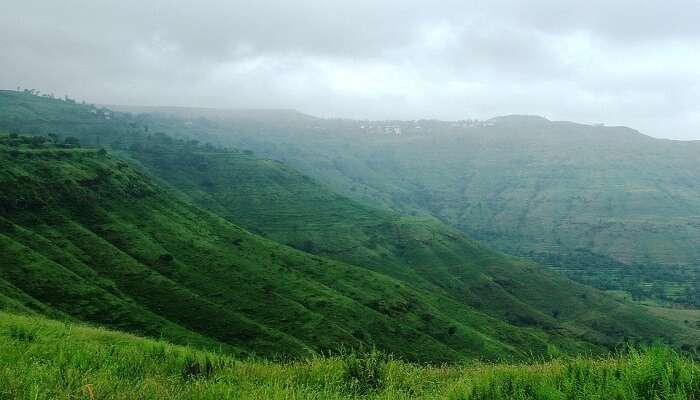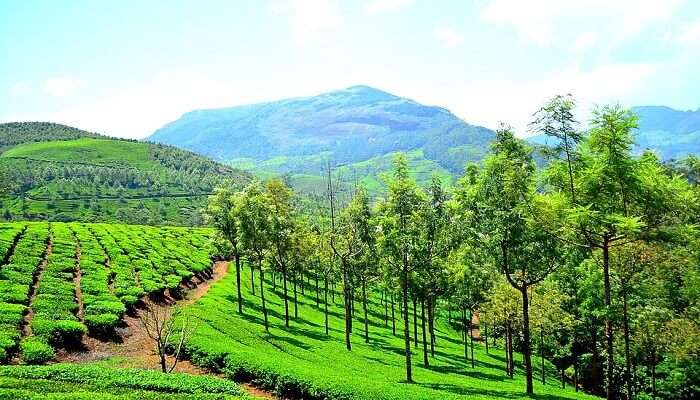Visit Bojjannakonda A Journey Into The Heart Of Ancient Indian Buddhism In 2025
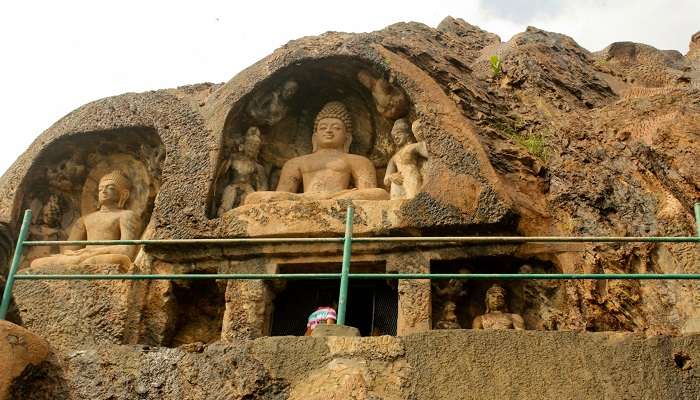
Bojjannakonda is a fascinating historical and archaeological site located near Anakapalle, a suburb of Visakhapatnam in Andhra Pradesh, India. Bojjannakonda and Lingalakonda are usually visited together since these two rock-cut caves are present side by side. These rock-cut caves are located in Anakapalle of ancient Kalinga in Andhra Pradesh and reportedly date back to the period between the 4th and 9th century A.D. If you want to unfold more insights about Buddhism as a religion across Sankaram, visiting Bojjannakonda is an absolute must. Beyond the spiritual fervour, Bojjannakonda also stands out for its stunning architectural marvels and a glimpse into the history of their existence.
About Bojjannakonda Vizag
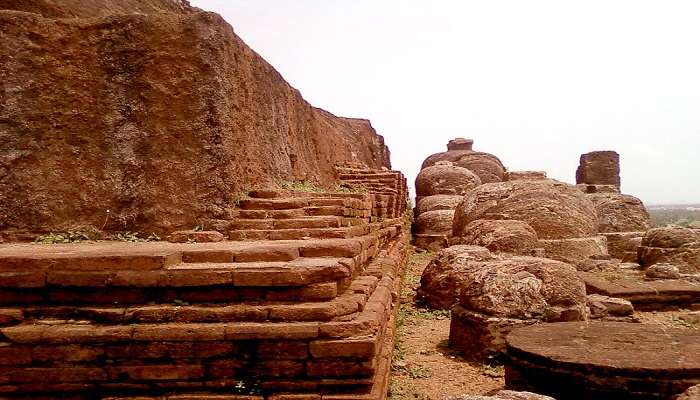
Bojjannakonda is renowned for its rock-cut caves, stupas, and intricate carvings from the 4th to 9th centuries CE. The existence of these caves and stupas is directly associated with Buddhism since “Bojjana” literally translates to Buddha. What’s alluring is that Bojjannakonda doesn’t stand as a lone rock-cut site in Andhra Pradesh. It pairs well with its adjacent hill, Lingalakonda. Together, they serve as a significant example of the flourishing Buddhist culture and monastic traditions that once thrived in this region.
Must Read: Resorts Near Visakhapatnam
History Of Bojjannakonda Vizag
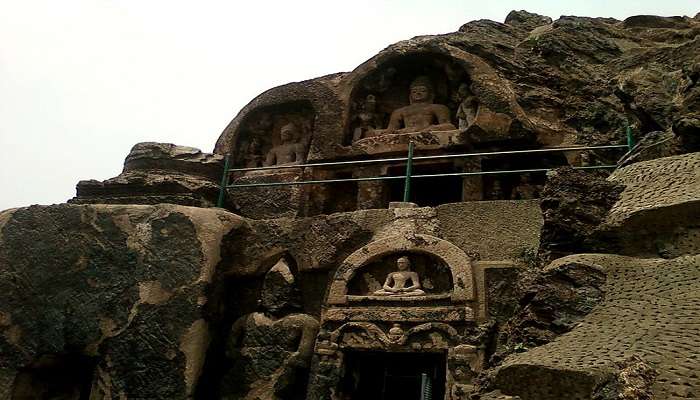
As highlighted before, the existence of Bojjannakonda is linked with the Buddhist religion and culture in the Andhra region. Between the 4th and 9th centuries, several monastic complexes were established as centres of religious activity, education, and meditation. This happened with the spike in the popularity of Buddhism in the region. Among them, Bojjannakonda stood out as a centre where pilgrims from far away visited to mediate and rejuvenate their mind, body and soul. According to the archaeological findings, Bojjannakonda witnessed three major phases of Buddhist development – the Hinayana (Theravada), Mahayana, and Vajrayana periods. The reports also depict that the construction or carving of the rock-cut caves occurred during the Hinayana period. During the second phase, the Mahayana period, more sculptures and larger stupas were added to the premises. In the last phase, Vajrayana witnessed the carvings and the addition of tantric elements on the walls of the caves. Because the caves date back so many centuries ago, they were rediscovered in a poor state in the early 20th century by Alexander Rea. It was Rea who focused on restoring the parts of the caves that he could to shed light on the historical significance of Bojjannakonda. Since then, multiple excavations have been happening around the cave to gather more information.
Architecture Of Bojjannakonda
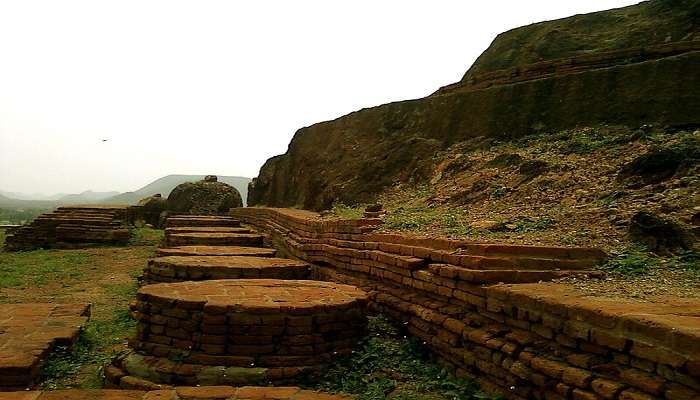
The architecture of Bojjannakonda is a blend of rock-cut and structural forms. Each carving and intricate murals on the caves provide a glimpse into the talent and craftsmanship of the local artisans. There are rock-cut caves, stupas and monastic cells inside the cave. Among everything, the most striking elements are the stupas. Among all of them, the main stupa is located on the summit of the hill, and there are smaller stupas that line the perimeter of the cave. The carvings on these stupas provide a glimpse into the life of Buddha, Jataka tales and other motifs. Inside the cave also lies rock-cut sculptures, which add to the place’s architectural significance. One of the most unassuming ones is that of Lord Buddha in a seated position. Beyond that, reliefs depict scenes from Buddhist mythology, bodhisattvas, and various deities. Since the caves served as accommodation for the pilgrims who visited the site during the early days, there are monastic complexes present inside the cave, built to support and accommodate the monastic community.
Suggested Read: Araku Valley
Things To Do In Bojjannakonda
The list of Bojjannakonda activities is bound to leave you surprised and very intrigued at the same time. The following are some of them:
1. Explore The Rock-Cut Caves
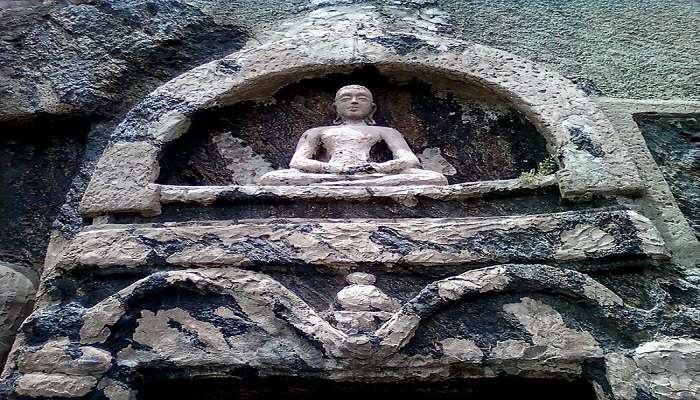
Undoubtedly, the first and the most important activity is to explore these caves, inside and out. The Buddhists carved these ancient rock-cut caves against the hillside at the time. The main purpose of carving these caves was to create a safe space for the Buddhist monks to meditate and spend their time. As you explore each section, take the time to appreciate the detailed carvings and depictions of Lord Buddha and the Jataka tales on the walls of the caves. Embry on a guided tour to better understand these carvings and the history behind these caves.
2. Meditate And Unwind
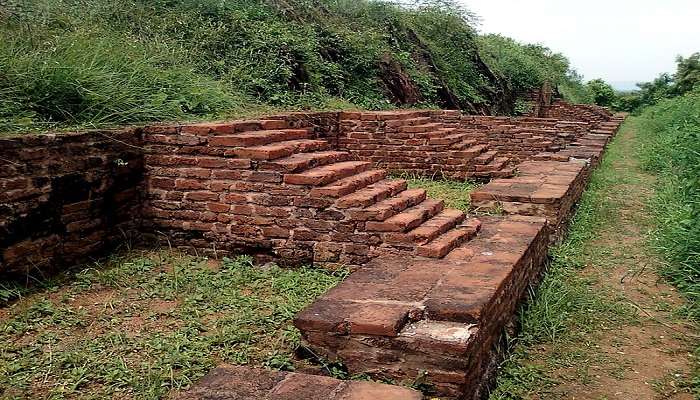
Why not use these caves for what they were intended to do back in the 4th and 9th centuries? Find a calm and secluded spot inside the cave to meditate and rejuvenate your mind and body. There are also dedicated meditation cells around the stupas, which enable you to unwind and relax. Since the environment inside the cave is so calm and serene, it offers a perfect ambience for having some time to yourself. Indulging in some meditation also allows you to connect with your spiritual side.
Suggested Read: Gandikota Fort
3. Learn About The Culture
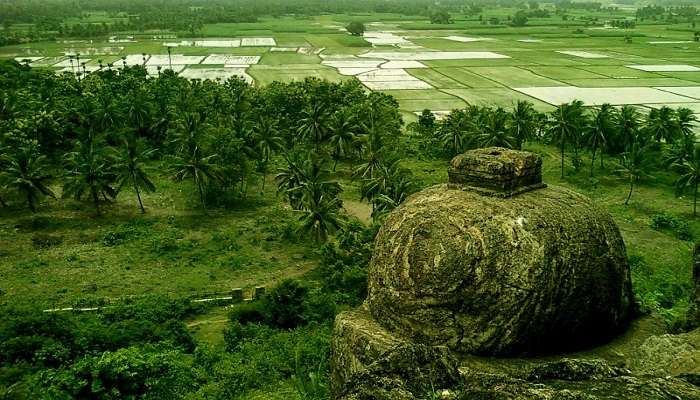
The existence of Bojjannakonda comes with a lot of cultural significance. So, while you are there on a guided tour, take the time to learn about the significance of Buddhism and the kind of influence it has had over the centuries. You can engage with the local guides for an in-depth understanding of the history and culture. These guides provide valuable insights into the development of Buddhism in the region and explain the various architectural and artistic elements found at Bojjannakonda. Also, if you have time, visit the nearby Visakha Museum to get a better idea of the place’s history, culture, and traditions.
4. Visit Lingalakonda
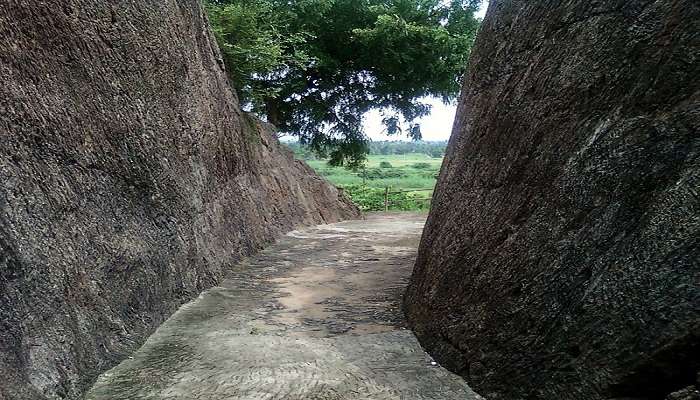
Your time at Bojjannakonda is incomplete if you also don’t explore the adjacent Lingalakonda rock-cut cave. These caves are present side by side, so you wouldn’t have to go out of your way to explore them. Like Bojjannakonda, Lingalakonda also has stupas, rock-cut caves, carvings and sculptures. Visiting both these caves side by side provides a more comprehensive understanding of the entire monastic complex and its significance. You wouldn’t have to walk for long from one cave to the other, so ensure to include that in your itinerary as well.
Suggested Read: Villas In Visakhapatnam
5. Photograph The Experience
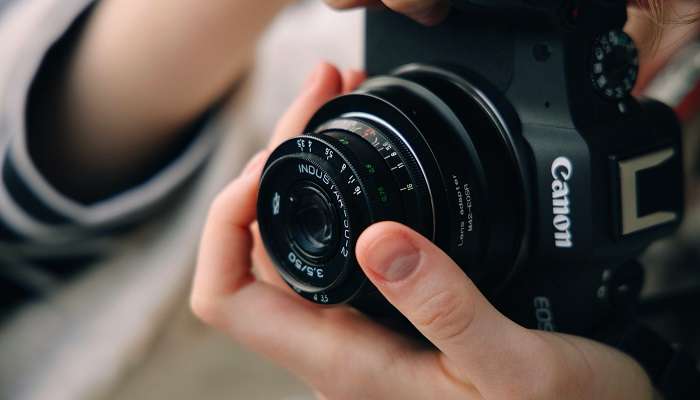
Bojjannakonda is a paradise for photographers, offering numerous opportunities to capture stunning images of historical and natural beauty. The picturesque landscape alongside the ancient mountains and sculptures makes for amazing backdrops for your photography. Getting to capture the inscriptions and carvings that date back to the 4th century is truly an enchanting experience that you can miss out on.
Bojjannakonda: Best Time To Visit
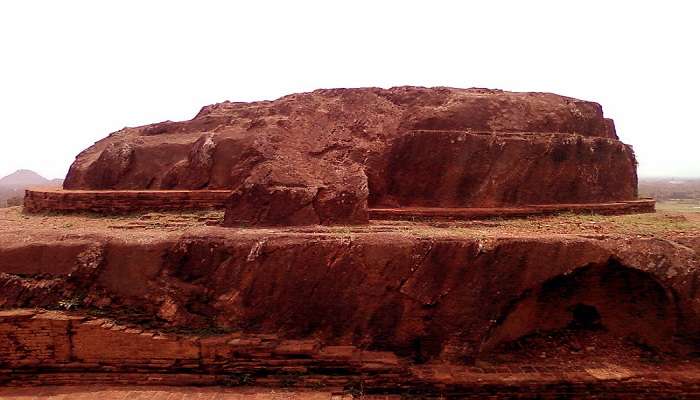
Travelling to Bojjannakonda requires a lot of physical work, hikes, and exploration, requiring you to be on your feet for extended periods. So, the ideal time to visit Bojjannakonda is during the colder winter months in Vizag, from October to March. During this time, the average temperature in the area is between 15°C and 25°C, making it perfect for you to explore the caves and the surrounding areas without feeling tired or burnt out. Also, avoid visiting these caves during the monsoon season since the terrains can become slippery and risky to navigate.
Suggested Read: Places To Visit In Andhra Pradesh
How To Reach Bojjannakonda?
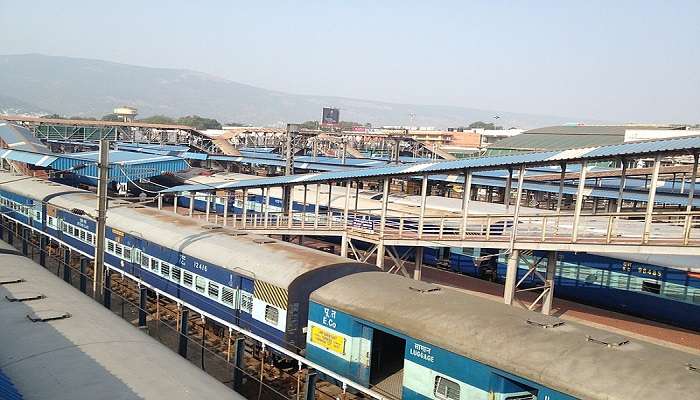
If you travel by flight, the nearest city to Bojjannakonda is Vizag or Vishakhapatnam. From the main city, you can hire taxis that will take you to the site. From the base, you’d need to embark on a quick hike to reach the caves. Anakapalle Railway Station is the closest railhead if you are travelling via train. It is a major station on the Howrah-Chennai main line, with frequent trains from various parts of the country. From Anakapalle, one can take an auto-rickshaw or a taxi to reach the site. Also, NH 16 is the route you need to take for those travelling via road since it connects Visakhapatnam to Anakapalle. From there, local transportation modes will take you to the caves.
Further Read: Cruises To Andaman
Bojjannakonda is a remarkable monument to India’s rich Buddhist heritage, providing every tourist a glimpse into its cultural and historical significance. From the intricate detailing on the cave walls to the unique sculptures and shrines scattered across different parts of the cave, the experience of exploring the area is truly enigmatic. As you plan the next trip to Visakhapatnam, including Bojjannakonda in your travel itinerary is non-negotiable.
For our editorial codes of conduct and copyright disclaimer, please click here.
Cover Image Source: Jvsnkk for Wikipedia
Frequently Asked Questions About Bojjannakonda
How old is Bojjannakonda?
The site dates back to the 4th to 9th centuries CE, with structures and sculptures from the Hinayana, Mahayana, and Vajrayana phases of Buddhism.
What is the significance of Bojjannakonda?
The existence of Bojjannakonda offers a glimpse into the historical existence and prevalence of Buddhism in Andhra Pradesh and adjoining areas in the country.
What are the Bojjannakonda timings?
Bojjannakonda timings are from 09:00 AM to 05:00 PM. Ensure that you either visit during early morning or late afternoon to avoid excessive crowds.
What are the Bojjannakonda entry fees?
There are no Bojjannakonda entry fees. Visitors can explore the caves free of cost. They can also donate the money as much as you can.
Are there guided tours available at Bojjannakonda?
Yes, guided tours are available and highly recommended to gain a deeper understanding of the site's history and significance.
People Also Read:
Temples In Visakhapatnam Best Places To Visit In Vishakhapatnam Things To Do In Visakhapatnam

Unveil the hidden treasures of the globe and turn every travel dream into reality. As a Content Writer, I am passionate enough to craft stories from ancient wonders to modern marvels. My words paint the picture-perfect itinerary for unforgettable experiences. Let my words be your trusted guide to immerse in the diverse culture and discover the beauty of the unknown.



